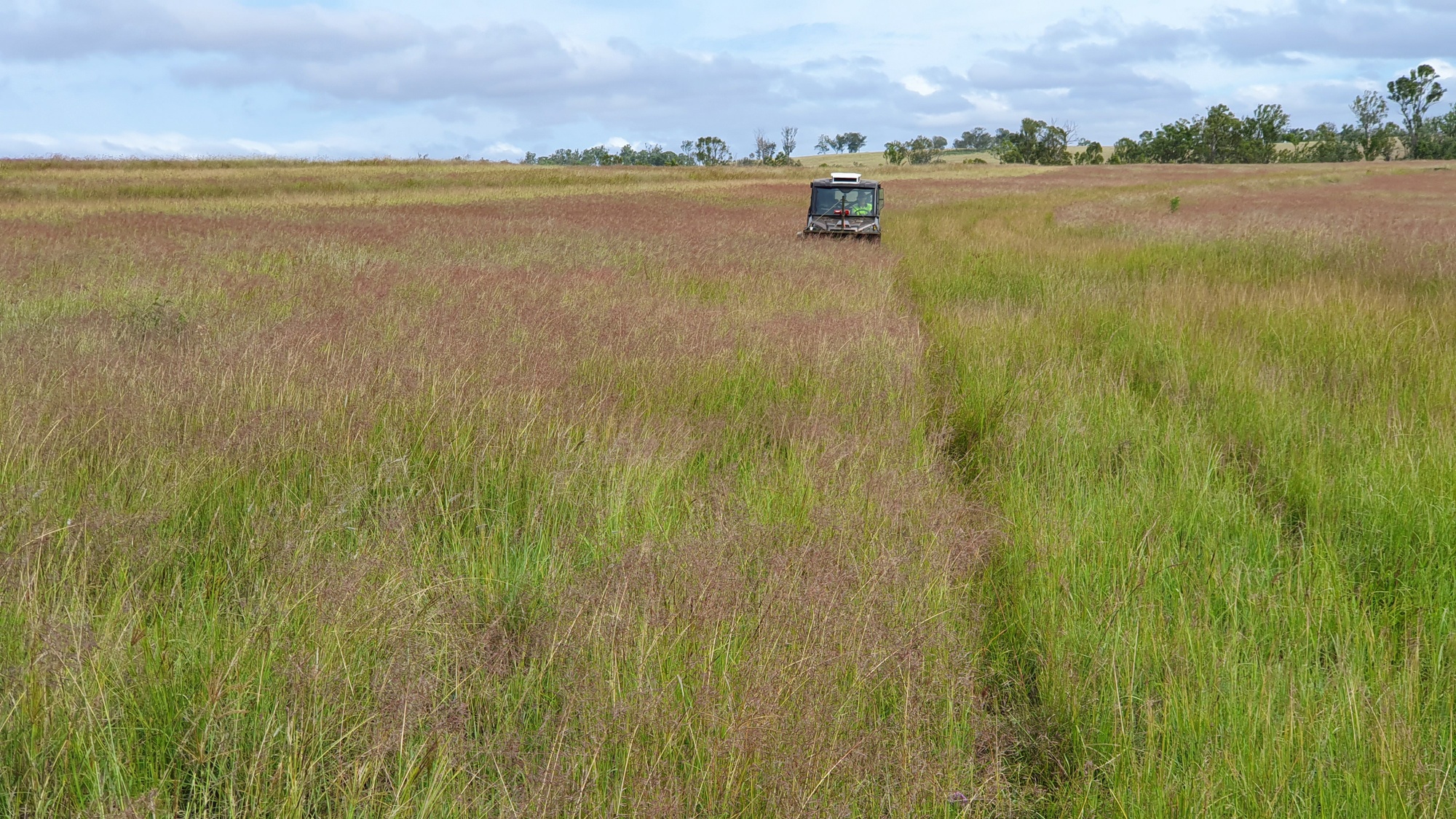Plant Profiles
Plant Categories
Subshrub
Trailing herb
Annual
Annual or Short-Lived Perrenial
Prostrate Shrub
Graminoid
Vine
Forb
Nitrogen Fixer
Grass
Tree
Shrub
Sedge
Wattle
Show All
14Genera
Acacia
Allocasuarina
Alphitonia
Alstonia
Angophora
Archidendropsis
Aristida
Arundinella
Astrebla
Atalaya
Atriplex
Austrosteenisia
Austrostipa
Banksia
Baumea
Bolboschoenus
Boronia
Bothriochloa
Brachychiton
Breynia
Callitris
Calotis
Capillipedium
Carissa
Cassia
Cassine
Cassinia
Casuarina
Chloris
Chrysocephalum
Chrysopogon
Clerodendrum
Corymbia
Crotalaria
Cymbopogon
Daviesia
Denhamia
Derris
Dichanthium
Dodonaea
Einadia
Enchylaena
Enteropogon
Eragrostis
Eremophila
Eriochloa
Erythrina
Erythroxylum
Eucalyptus
Eustrephus
Fimbristylis
Flindersia
Gahnia
Geijera
Grewia
Hardenbergia
Heteropogon
Hovea
Imperata
Indigofera
Jacksonia
Jasminum
Juncus
Kennedia
Lepidosperma
Lomandra
Lophostemon
Ludwigia
Lysiphyllum
Maireana
Melaleuca
Melia
Myoporum
Notelaea
Owenia
Pandorea
Panicum
Parsonsia
Paspalidium
Petalostigma
Petalostylis
Pittosporum
Podolobium
Pomax
Psydrax
Pterocaulon
Ptilotus
Pultenaea
Rhagodia
Rhodosphaera
Rhynchosia
Sarga
Schoenoplectiella
Schoenoplectus
Senna
Sida
Solanum
Sporobolus
Swainsona
Syncarpia
Themeda
Trema
Vachellia
Ventilago
Vittadinia
Show All
105Hovea planifolia
| Categories | Nitrogen FixerShrub |
| Common Name(s) | Hovea |
| Family | Fabaceae, Subfamily Faboideae |
Description
Shrub to 2.5 m tall; indumentum grey to tan-grey, red-brown at apices, the hairs somewhat spreading. (Flora of Australia)
The combination of large leaves, the indumentum of spreading hairs and the rusty-red coloration of the apex of branchlets and of bracts and bracteoles makes Hovea planifolia readily distinguishable. (Flora of Australia)
Notes
Hovea planifolia has been used in local coal mine rehabilitation by Queensland Native Seeds however natural seed production is very limited. Its natural habitat here is very poor rocky substrates in Eucalyptus woodland where competition for scarce water resources is extreme. Flowering occurs in late Winter and Winter rain is far less usual in Queensland than more southern latitudes. Subsequently, the successful seeding events are seldom. In general, there are far more opportunities to collect seed from nitrogen fixing understory plants in NSW where Winter rain is more regular. An obvious solution in Queensland is to supplement or replace wild plants with cultivated seed crops.
"Grows predominantly in sandy soils or on sandstone outcrops in forest and woodland; also on rhyolite in heathland." (Flora of Australia)
Successful collection of Hovea seed requires careful monitoring and maturity testing. As maturity occurs, large portions of seed crops may be forcefully ejected from their capsules on hot, sunny days leaving them in an uneconomic state. It is optimal to harvest seed sometime within several days prior to such an event.
Be sure not to cut too much Hovea seed from one stand of plants. In areas with infrequent crops of seed it may be best to avoid collection altogether or maybe to one-off harvests. Leave a portion of seed behind to ensure the soil seed bank can replenish. Hovea planifolia is often destroyed by fire and replaces itself from seed.
When drying fruiting material cut from Hovea, do not spread material too thickly which will slow down dehiscence underneath. Place tarps in hot sun or clear film tunnelhouse and cover with a very light gauge of shadecloth. This will prevent ejected seed from being lost to the surrounding ground.
Historical Notes
Distribution
From near Mt Bangalora just north of the NSW-Qld border to just south of Emerald and Blackwater in Qld. Mostly subcoastal to inland distribution excepting occurrences around Brisbane, Caboolture and on North Stradbroke Island. Hovea planifolia is found as far west as Carnarvon Park.
References and Related Links
Flora of Australia. Australian Biological Resources Study, Canberra. [Date Accessed: Sept 20, 2022] http://www.ausflora.org.au
https://profiles.ala.org.au/opus/foa/profile/Hovea%20planifolia
https://bie.ala.org.au/species/https://id.biodiversity.org.au/node/apni/2919616
